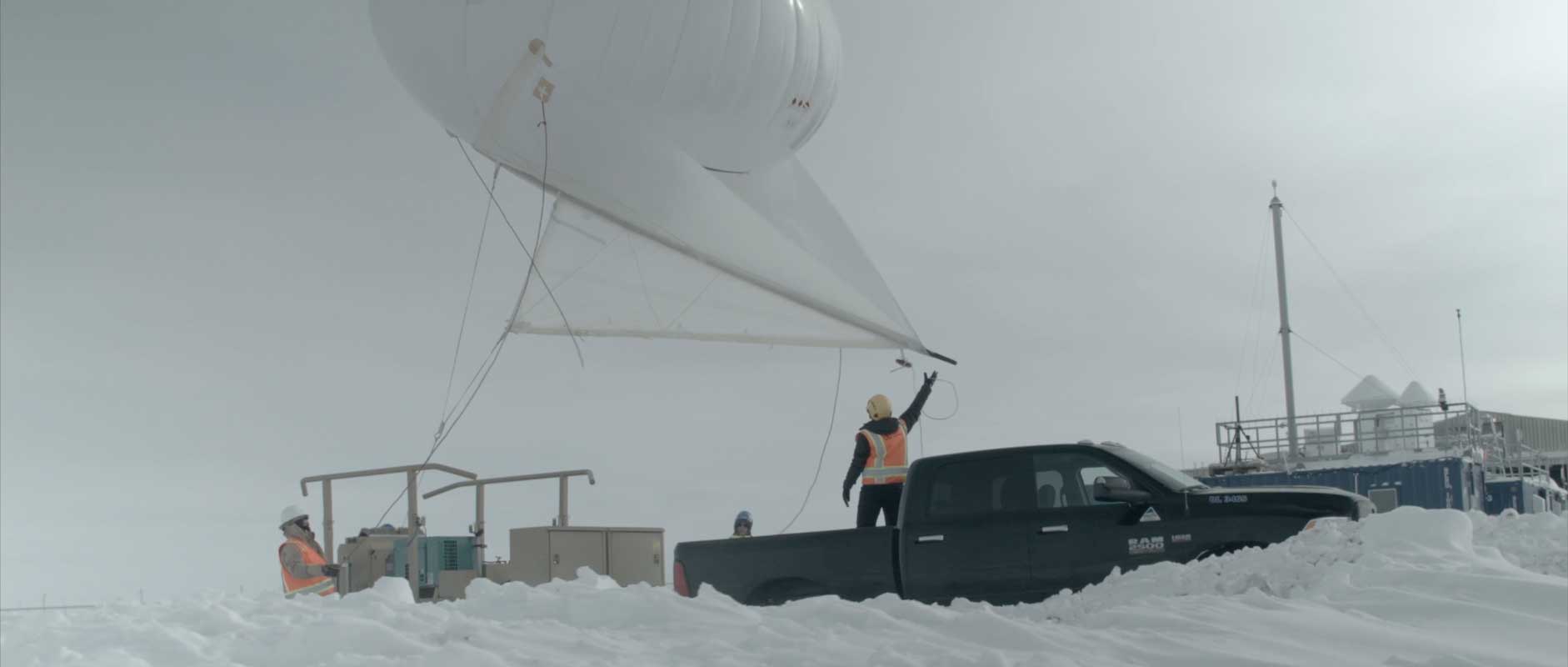
The Arctic region is experiencing rapid change, which poses strategic and human challenges. Sandia collects comprehensive measurements of Arctic data and uses state-of-the-art, high-resolution Earth system model development and simulation tools to produce the best possible forecasts in the Arctic. Sandia employs a multidisciplinary approach informed by our national and energy security missions. Understanding Earth’s changing systems helps strengthen the resilience of people, the economy, energy resources, and national security.
Arctic Research & Development Investments
Minimizing global security risks and implementing adaptions to changing environmental conditions in the Arctic requires discovery science, technology, and climate data that enhance awareness and understanding of the hazards to Arctic communities and their infrastructure. Learn about Sandia’s research & development investments in the Arctic.
Measurements
The ability to collect data in this rapidly changing region enables research, forecasting, and regional and national planning. Atmospheric measurements collect data for predicting the weather, monitoring severe weather, and improving climate models. Learn about Sandia’s measurement capabilities in the Arctic.
Modeling
Informed policy and decision-making related to the Arctic requires better understanding of this complex region. Achieving this understanding depends on not only increasing the amount of data available for analysis, but also improving existing Earth system models—efforts that call for a coordination across multiple disciplines. Learn about Sandia’s modeling capabilities.
Proposed Arctic Science Facilities
Collaboration and a network of Arctic research stations can accelerate advanced U.S. knowledge and monitoring in the Arctic—enhancing environmental stewardship, security, and sustained economic opportunity. Learn about Sandia’s Proposed Arctic Science Facilities.